THE MINUTEMAN Volume 17, Sept 2024
Lessons from Appalachistan, Grab Bags, and Perimeter Alarms...
Appalachistan Lessons
I’ve been invited to go on a weekend field exercise with an organic group of like-minded, middle aged guys to test out our fieldcraft prowess in the wild. Just how well can a half dozen guys, with varied backgrounds and training, plan and coordinate a mission, link up, carry it out, and be successful in doing so? Being able to do this is important for the Professional Citizen or Modern Minuteman.
Below is my packing list:
So let’s start with what needs working on or improved…
Noise discipline
-This one stood out the most to me. In my opinion, when you’re in the mission you are IN THE MISSION and everything you do should reflect that unless their is a safety concern. But I think because we had all literally met each other the previous evening, combined with the excitement of the weekend, got the best of everyone.
Camo cream
-I think everyone makes this mistake early on with applying it, not applying enough of it or reapplying often enough. Now camo face paint can be mitigated with the use of balaclavas and sniper veils so choose wisely. I’ll be the first to admit that I hate applying camo facepaint.
-When applying camo face paint don’t forget your neck, ears, and any other exposed areas.
Breaking trail
-This is a weak spot for me just because I’m use to leading and will just charge right on through. I’m also use to working with just myself and one other person. I hit a point of being pretty roasted after one difficult climb out of the creek. I had been on point for a while and I should have handed it over but didn't. I physically paid for it.
Water
-Not having enough water was an issue for one of the guys. It was hot and humid and we were working pretty hard so staying hydrated was very important. When we had gotten to our OP/LP he mentioned that he only had a 1/2 liter left and had only bring 2 liters total (we should have checked this during our PCC’s but didn’t). This meant either sharing water or having to find a water source to collect water from. Not necessarily a big deal, but 2 liters isn't a lot when you’re working hard in a warm/humid environment.
Loose items/straps
-Tighten and tape up any loose straps and secure anything that may come loose. We were in a thickly wooded environment with thing underbrush and I had a tourniquet get pulled off the dangler on my chest rig. This was a new piece of kit getting worked out and the fancy elastic band made for a TQ did not do its job at all. The guy behind me picked it up from the ground after one difficult spot. It was an embarrassing moment but it is one of the reasons that we train.
Chest Rig vs LBE
This one I knew way better but I should have stuck with my Smersh LBE for the trip. Chest rigs hold in a lot more heat and are harder on you if spending a fair amount of time lying down. I knew better but made the mistake anyways.
Now for the good things…
Teamwork
-Even though we had never worked together before we all had a solid baseline to work from. So working as a team wasn’t that hard or awkward. We did a good job during the pre-mission run through on what we would do at certain spots and what expectations were. It went better than expected.
Personal Gear Choices
-Everyones kit was well thought out and everyone’s choice of camo patterns worked well.
***Minuteman Note***
Everyone gets on tangents concerning what is the best camo patterns and should we have matching patterns for identifying groups. This trip was a great example of everyone showing up ready to roll in different patterns. One guy was in all woodland, another in all Marpat, one in Woodland bottoms and Tiger Stripe top, and myself in a Multicam Tropic top and solid earthtone bottoms. They all were effective and it made identifying each other easier as well.
There were several times on the trip that Clinton would be within 10-15’ of me at a rest halt and he’d ask where I was because I was crouched next to a tree, remaining still, and had on the right blend of camo to disappear into the vegetation. The earth tone bottoms matched the forest floor and This stood out to me and proved its effectiveness.
The Grab Bag
I read up alot on British Military fieldcraft and one thing that gets mentioned alot is having a grab bag. Basically it is a small daypack or sling bag filled with your mission essentials and some survival items. It is carried under the lid of your main pack. It’s aptly named a “Grab Bag” because you would simply grab it if you need to leave your main pack behind due to being compromised or because you have it pre-packed for a specific mission (in my case on the Appalachistan Mission it was packed with observation essentials).
Your radio guy may have extra batteries in his, your team medic extra medical supplies, and for most it would be an extra warming layer, a waterproof jacket, extra rations, ammo, survival gear and anything else to be able to push out for an extra 24 hours.
The way the Brits setup up their kit resonates with me and I have found it to be very effective in the field.
My Grab Bag changes depending on the trip so for the Appalachistan Mission my bag looked like this:
Containing
Binoculars
Night Vision
Camera
Spare rifle mags
Sniper veil
Cordage/biner
Boo-boo kit
Fire kit
Water bottle/water tabs
Compass
Red led light
Chemlights
SAK
The mission was observation so I had mission essentials and I had survival basics with the means for signalling, water, fire, and first aid. In colder months I’d add a warming layer plus a few other things.
In hindsight, I should have added a few protein bars to this bag. But as we said earlier. This is why we train and then do after Action reports to learn from any mistakes or to rethink things we may not have thought of.
Perimeter Alarms
You can buy ready made perimeter alarms or you can make your own for just a few dollars. I have been making my own for several years now and my two favorites are a Dollar store door alarm (audible) and a rat trap/chem light alarm (visual/audible). Both are cheap to make and highly effective in the field.
For the Dollar store door alarm, you simply attach it to a stake to put in the ground (I used a piece of heavy gauge copper wire), spray paint it to match your environment, and attach fishing line to the magnetic sensor to act as your trip wire and place it along a natural avenue of approach from your camp, OP/LP, or your RON (Remain Over Night) position. Someone trips it and it will sound off a 120 decibel alarm for all to hear.
Next is the rat trap/Chem Light alarm. These alarms are made by taking a store bought rat trap and drilling holes for running wire through near the top for holding a standard Chem Light and then you pre drill holes for placing a screw or two for securing the trap to a tree or post. Then paint it to better blend in with your position. Run your trip wire to the bait plate on the trap and when it is set off the metal bail snaps the chemlight alerting you both audibly and visually that something/someone has breached your perimeter. The Chem Light is also your visual indicator as to which direction the breach happened. Set these within eyesight of your position.
These work great for camping in Bear country as well as for “tactical” purposes.
Minuteman Merchandise
We have Minuteman Merchandise again! We found a new company to work with and have shirts, hoodies, mugs, stickers, and polos in 3 different designs.
The new Modern Minuteman logo, the classic Wolverines pose, and the iconic “Be a man among men” with the Wolverine pose. Show off your Minuteman pride with these items. All proceeds help with content creation, reviews, and keeping the Minuteman mission going.
Shop the entire store here
Also, all shirts are customizable with your own graphics. Order the Modern Minuteman logo tee and add your own design to the back of the shirt. It’s super easy to do and it looks great!




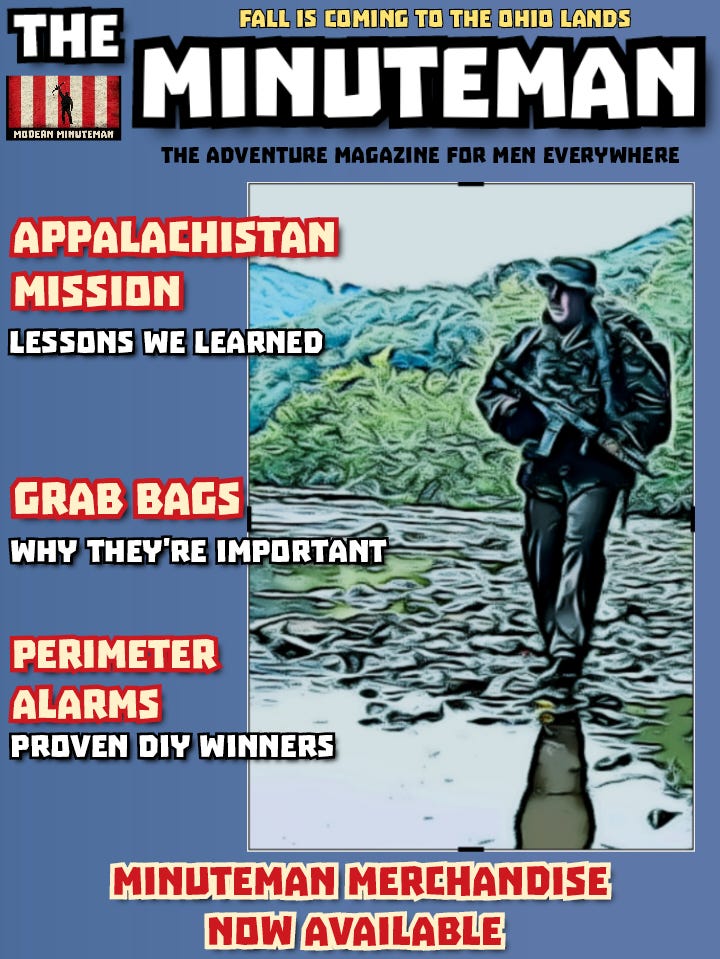
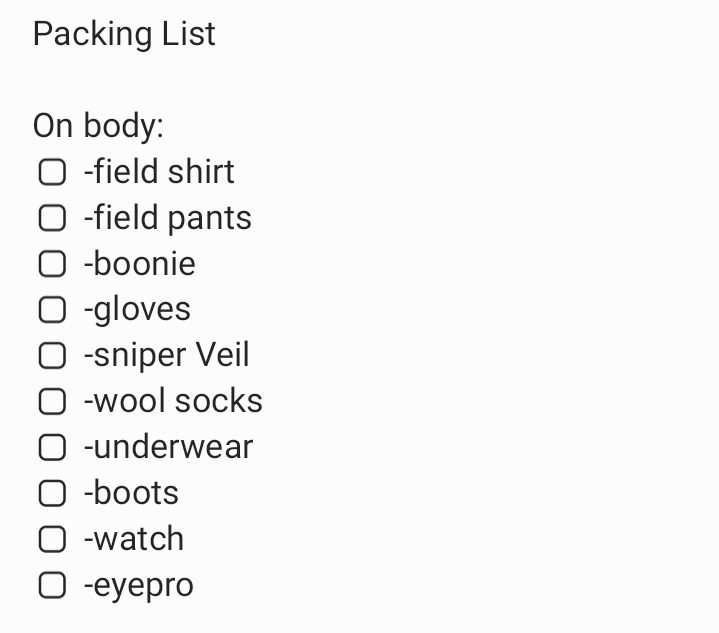
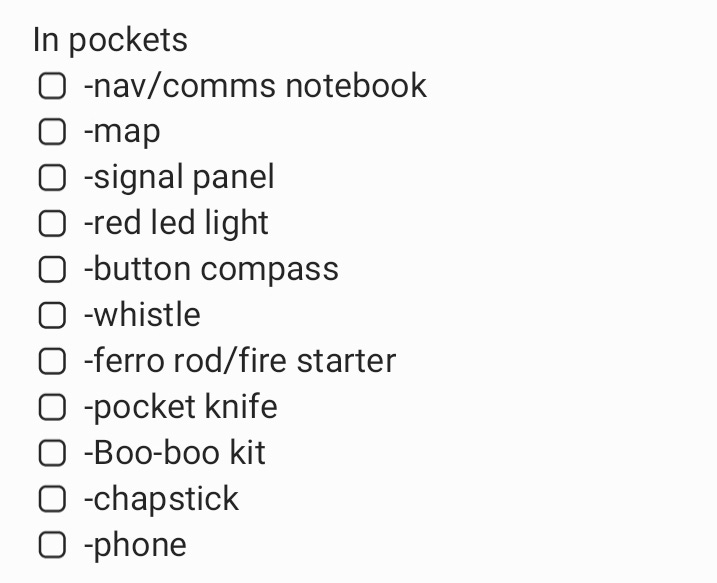
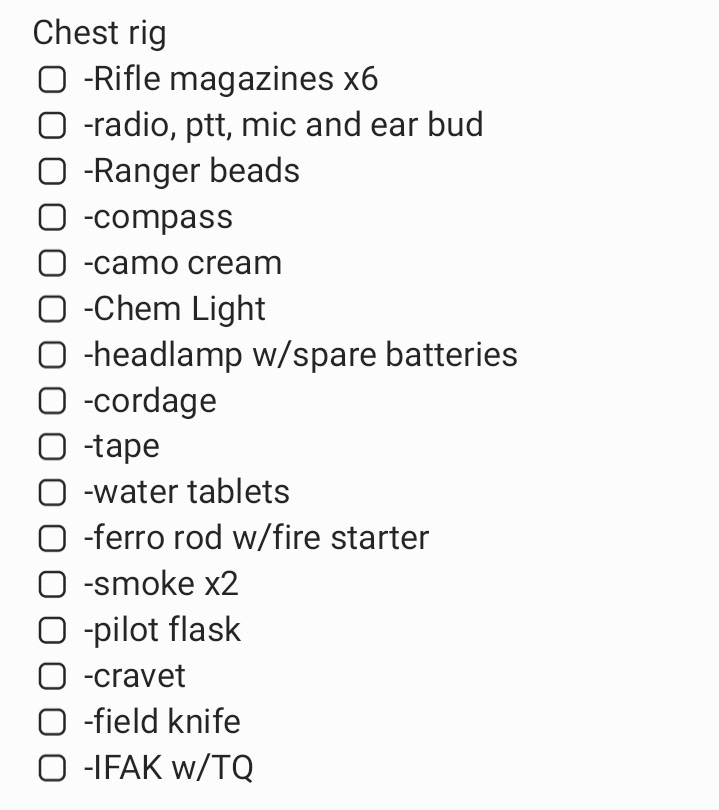
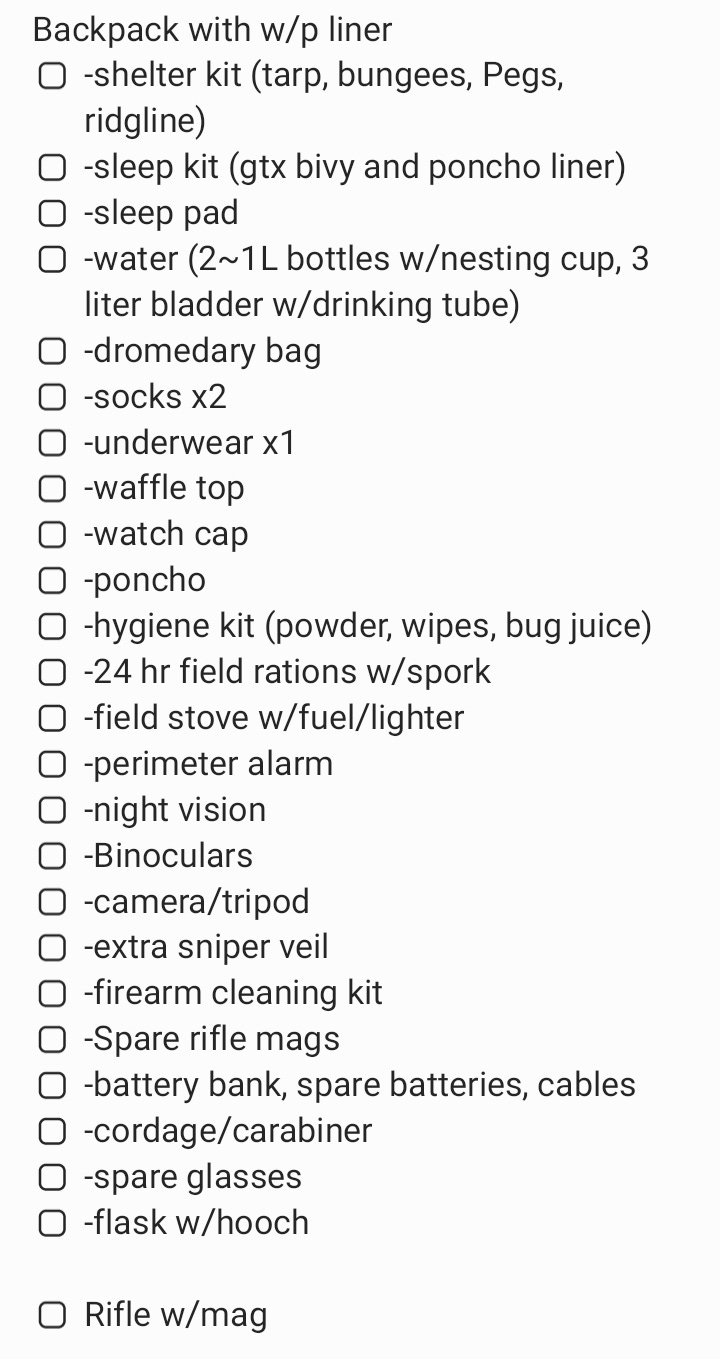

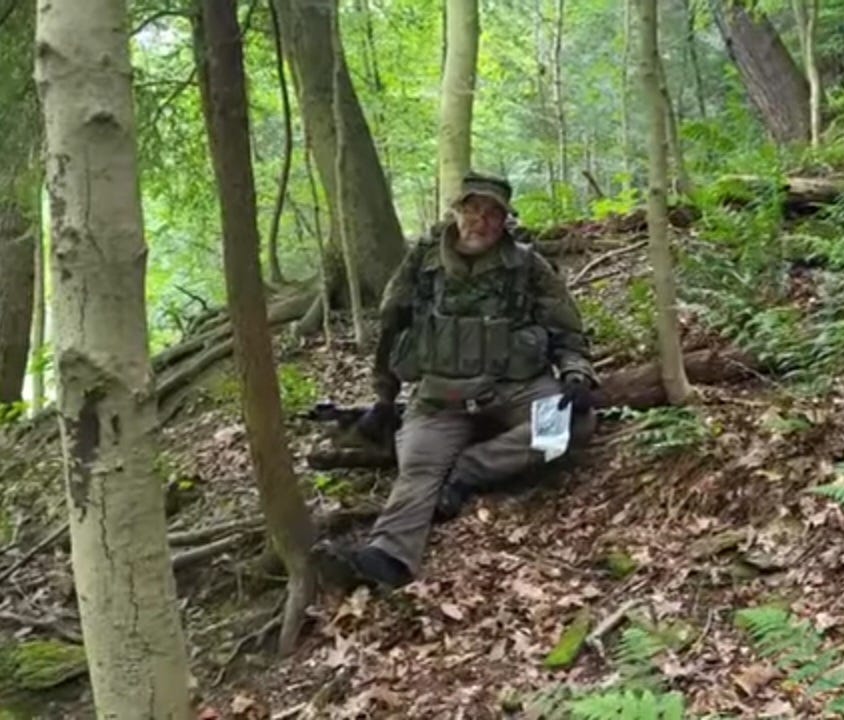
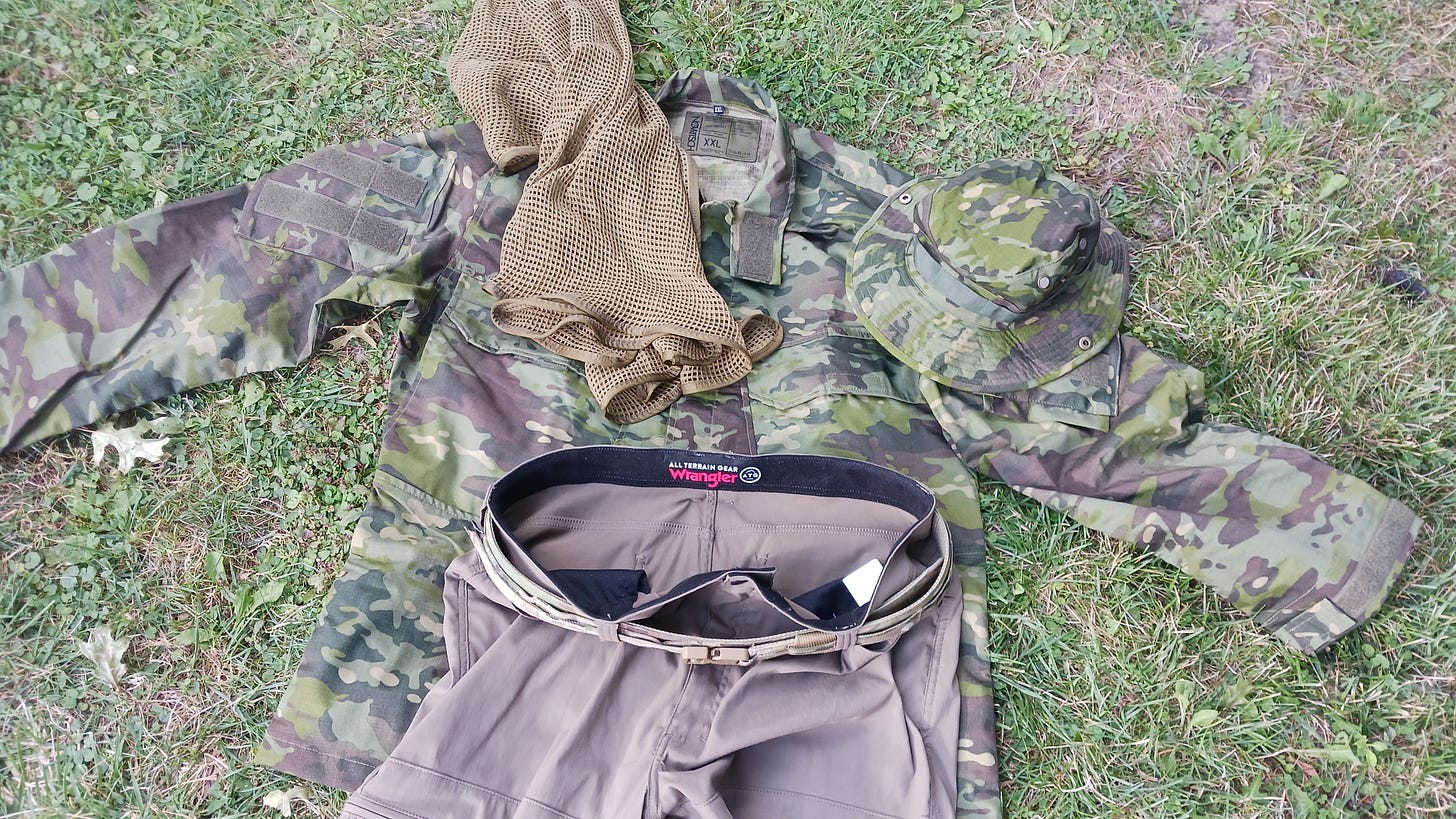
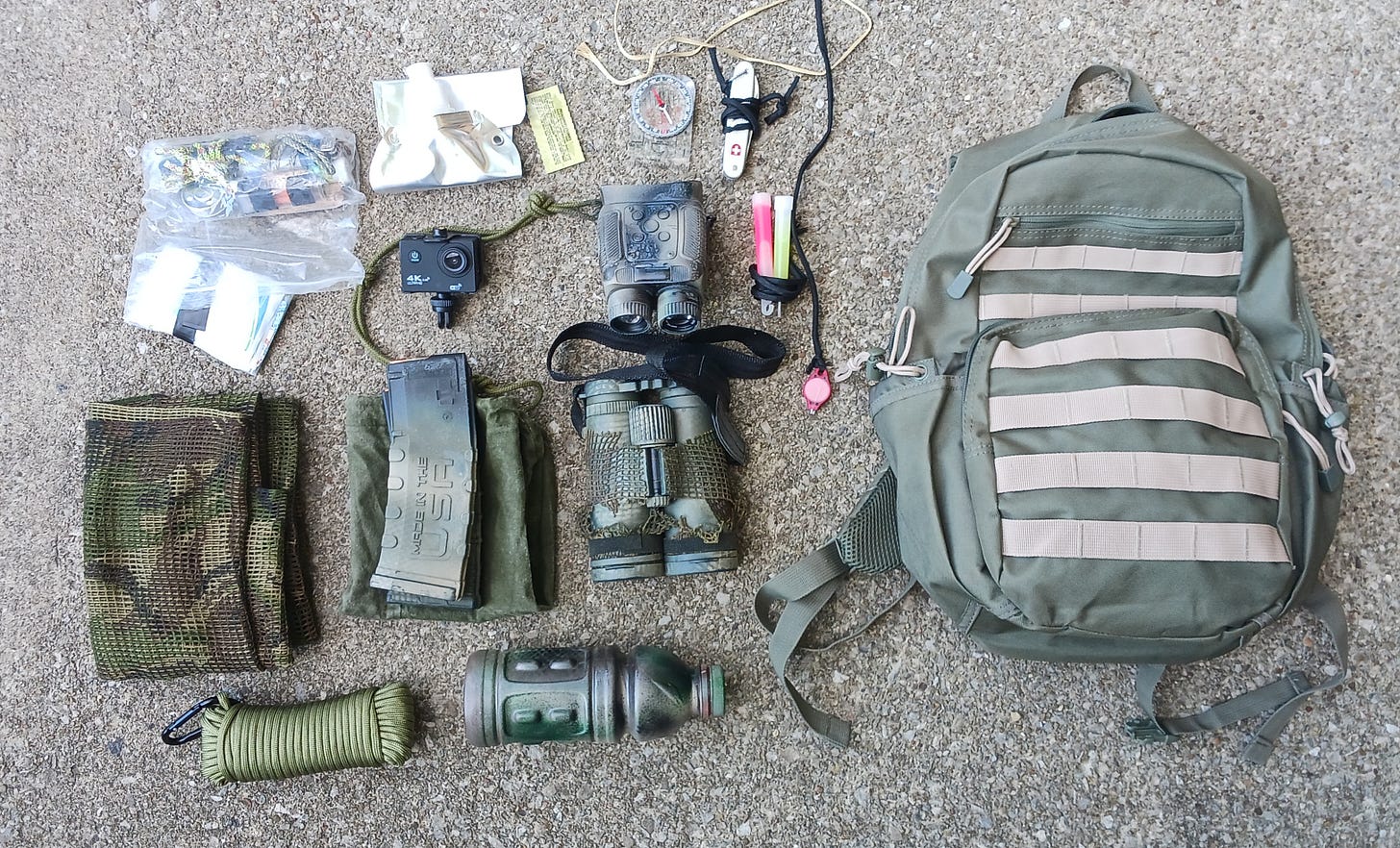
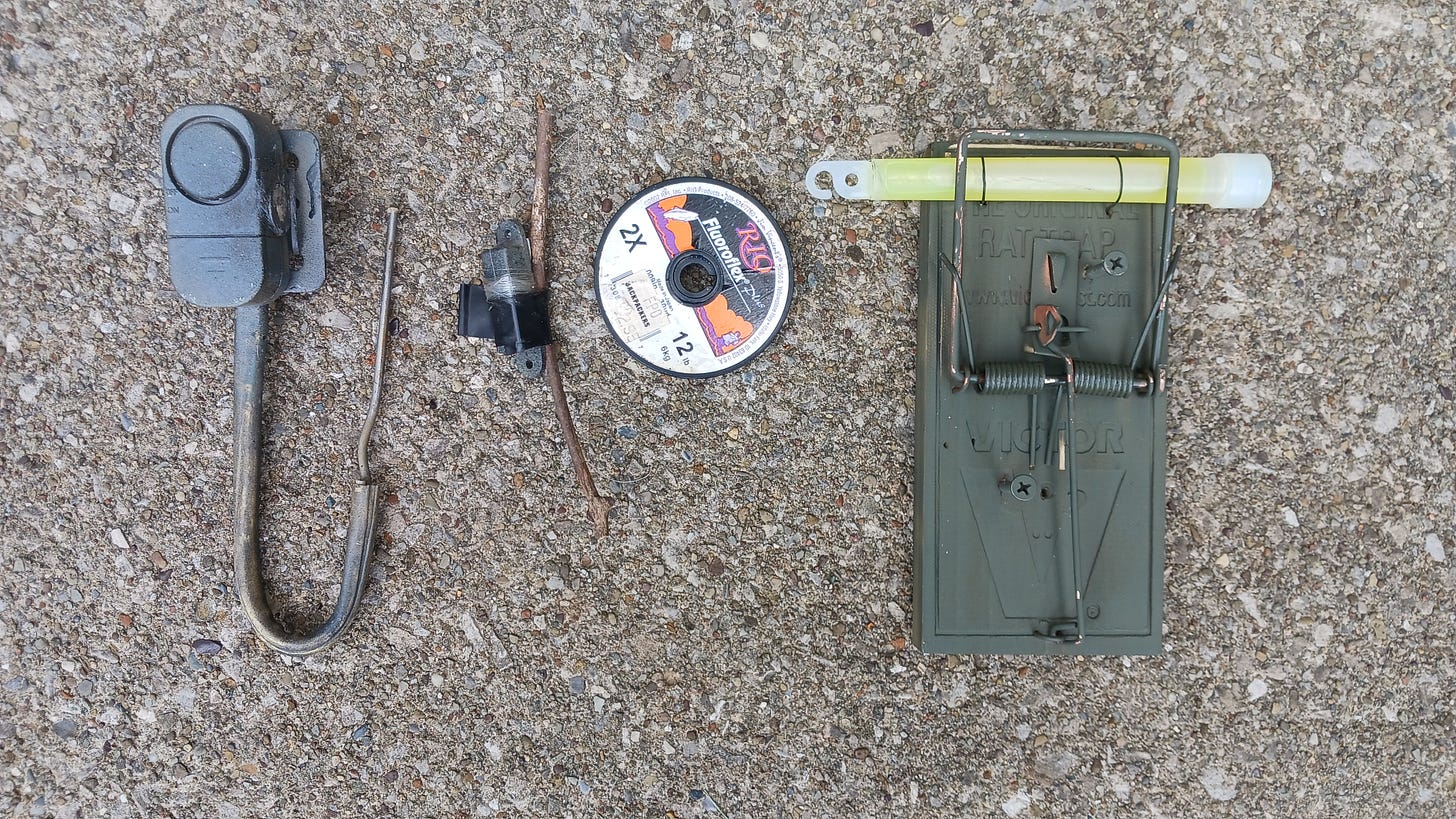
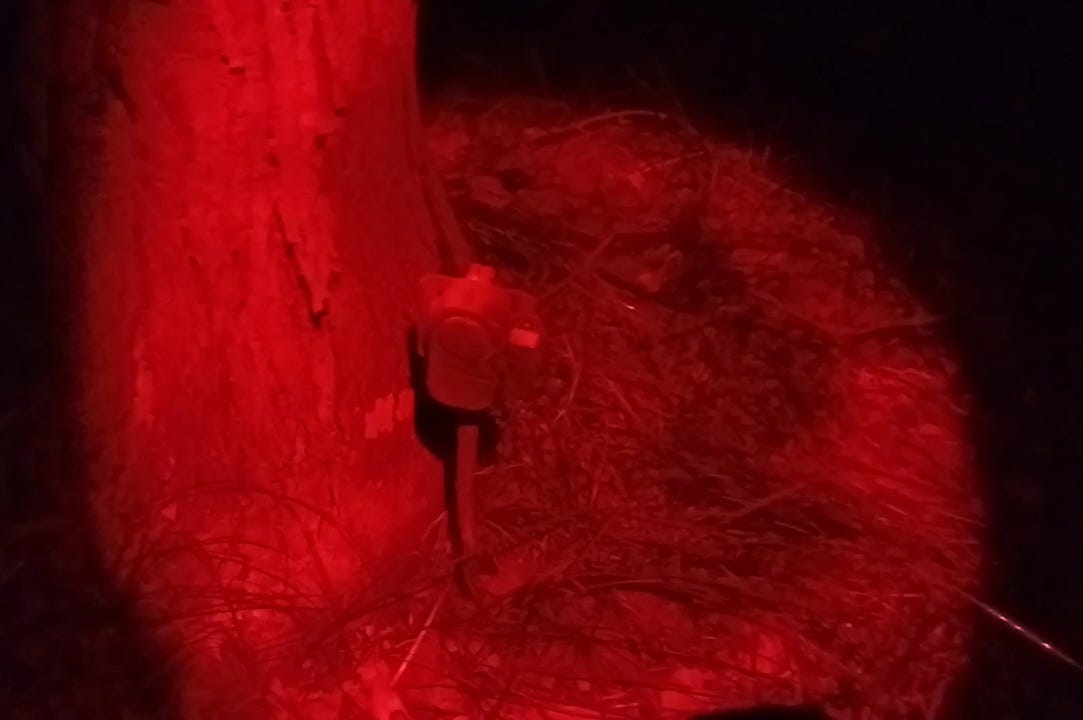
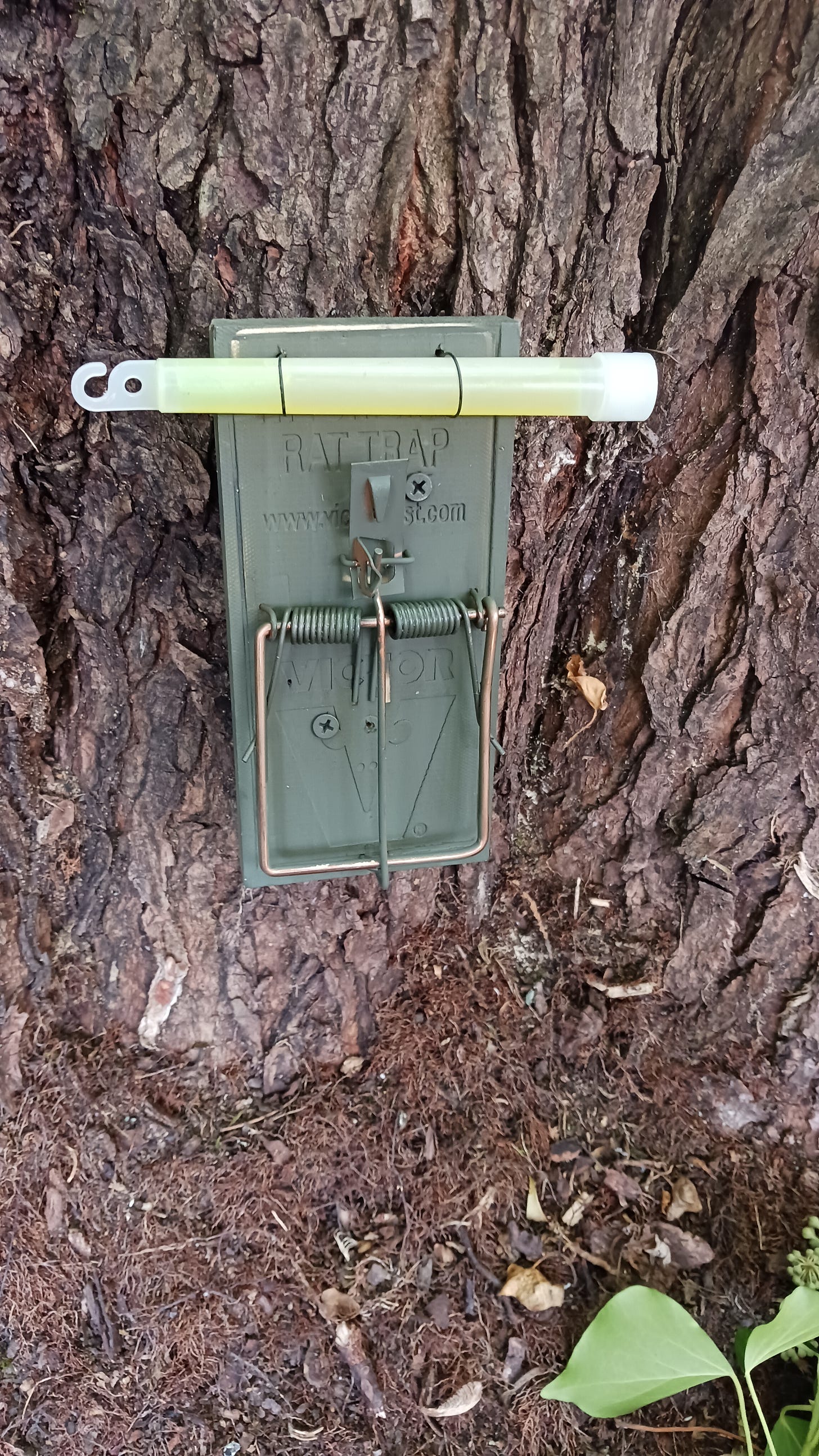
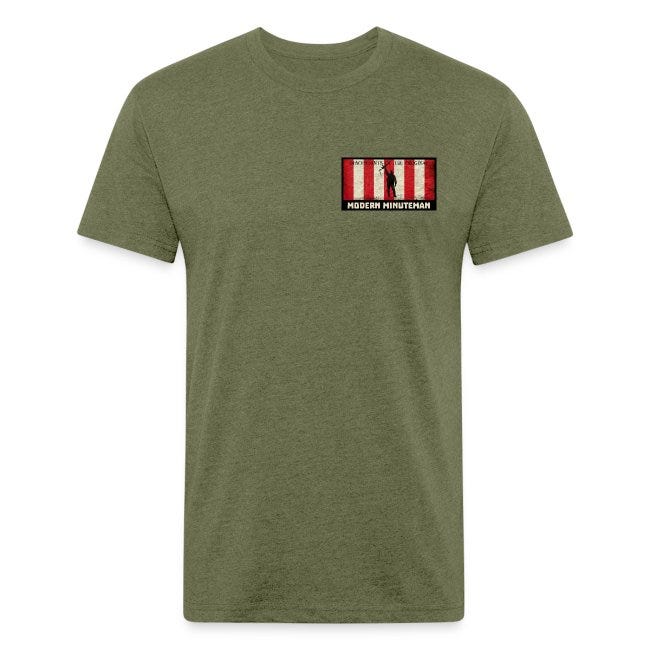
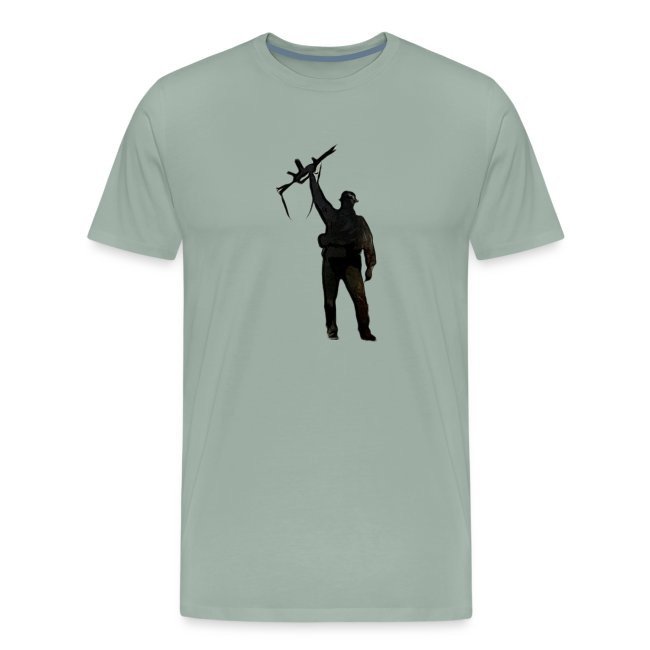

Good stuff my friend. There is absolutely no substitute for actually getting out and doing it.
Amazing content that’s gets you thinking about your hear from your story! That’s for sharing, now time to get some merch! 🤙🏻